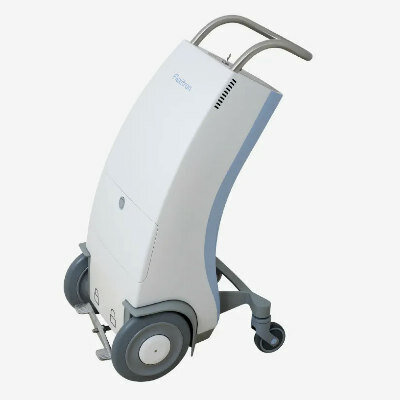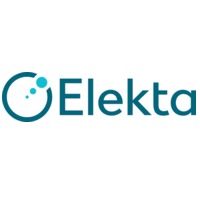MR Enterography as Good or Superior to Conventional Imaging for Pediatric Crohn’s Patients
By MedImaging International staff writers
Posted on 09 May 2012
Magnetic resonance (MR) enterography is superior to computed tomography (CT) enterography in detecting fibrosis in pediatric patients with Crohn’s disease and equally as good as CT enterography in diagnosing active inflammation, a new study revealed. Posted on 09 May 2012
The study, conducted at Massachusetts General Hospital (Boston, MA, USA), demonstrated that MR enterography was 77.6% accurate in identifying fibrosis compared to 56.9% for CT enterography. MR enterography had an 82.1% accuracy rate versus 77.6% accuracy rate for CT enterography for detecting active inflammation, according to Keith Quencer, MD, one of the authors of the study. The study included 23 pediatric patients with Crohn disease. All patients had both a CT enterography and MR enterography scan.
Effectively identifying fibrosis or inflammation in these patients is critical to determining appropriate treatment, according to Dr. Quencer. Pediatric Crohn’s patients often have nonspecific symptoms. If their symptoms are due to inflammation, then medical therapy is appropriate, said Dr. Quencer. Contrarily, if the symptoms are caused by bowel obstruction from fibrosis, then a surgical approach may be necessary, he said.
“While our study shows that MR enterography is as good or better than CT enterography, CT enterography is faster than MR enterography, less expensive and more widely available,” Dr. Quencer said. CT enterography remains the preferred imaging modality to assess Crohn’s disease. “We are seeing a change in our practice though,” he added, “in part because MR enterography does not use radiation. Crohn’s disease is a chronic disease, with patients often requiring frequent imaging studies due to symptom recurrence. As we strive to minimize radiation dose, particularly in the pediatric population, MR enterography should be considered,” Dr. Quencer said.
The study’s findings were presented at the American Roentgen Ray Society annual meeting, held May 1, 2012, in Vancouver (BC, Canada).
Related Links:
Massachusetts General Hospital














